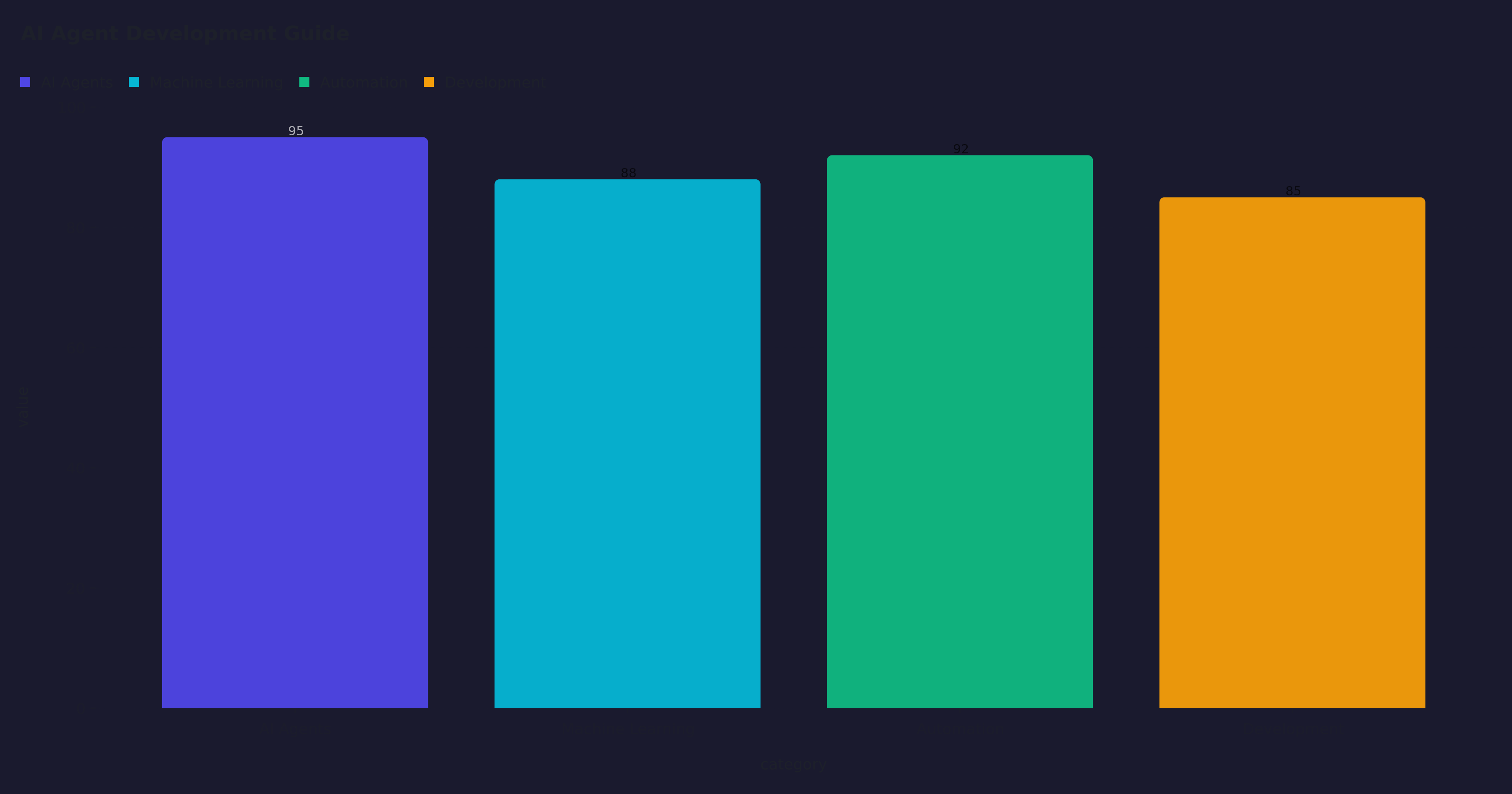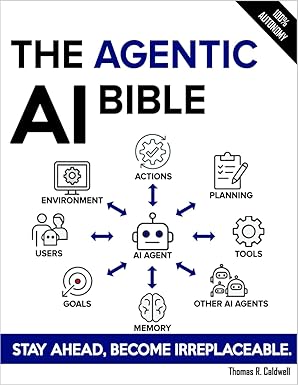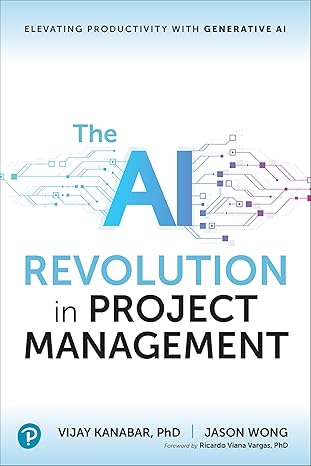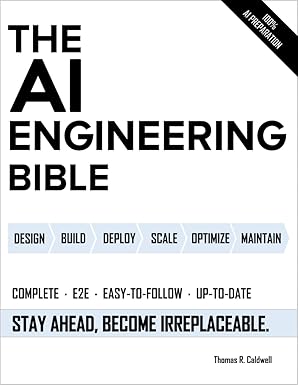Complete Guide to Building AI Agents in 2025

Ad Space
Complete Guide to Building AI Agents in 2025
The AI agent revolution is here, and it's transforming how businesses operate, how we solve problems, and how we interact with technology. From customer service chatbots that actually understand context to research assistants that can analyze thousands of documents in minutes, AI agents are becoming indispensable tools in our digital toolkit.
But what exactly are AI agents, and how can you build one that delivers real value? This comprehensive guide will walk you through everything you need to know to create powerful AI agents in 2025.
What Are AI Agents and Why Do They Matter?
Think of an AI agent as a digital employee that never sleeps, never gets tired, and can process information at superhuman speeds. Unlike traditional software that follows rigid if-then rules, AI agents can understand context, make decisions, learn from experience, and adapt to new situations.
Real-world examples of AI agents in action:
- Customer Support Agents: Handle 80% of routine inquiries, escalating complex issues to humans
- Research Assistants: Analyze market trends, competitor data, and industry reports in minutes
- Content Creators: Generate personalized marketing copy, social media posts, and email campaigns
- Data Analysts: Identify patterns in large datasets and provide actionable insights
- Personal Assistants: Manage calendars, book travel, and coordinate meetings across time zones
The key difference between AI agents and traditional chatbots is autonomy. While a chatbot responds to specific commands, an AI agent can break down complex goals into smaller tasks, execute them independently, and adapt its approach based on results.
The Four Pillars of Effective AI Agents
1. Perception: Understanding the World
The best AI agents excel at understanding context, nuance, and implicit meaning. They don't just process text—they understand intent, emotion, and subtext.
What makes perception powerful:
- Multi-format input processing: Text, images, documents, audio, and structured data
- Context awareness: Understanding previous conversations and user history
- Intent recognition: Knowing what users really want, even when they don't express it clearly
- Emotional intelligence: Recognizing frustration, urgency, or satisfaction in communications
Real example: A customer service agent that recognizes when a customer is frustrated (even if they're polite) and automatically escalates to a human representative while offering immediate compensation.
2. Reasoning: Making Smart Decisions
This is where AI agents truly shine. They can analyze complex situations, weigh multiple factors, and make decisions that would take humans hours or days to reach.
Advanced reasoning capabilities:
- Multi-step problem solving: Breaking complex tasks into manageable steps
- Risk assessment: Evaluating potential outcomes and choosing optimal paths
- Resource optimization: Balancing speed, cost, and quality in decision-making
- Contextual adaptation: Adjusting strategies based on changing circumstances
Real example: A marketing agent that analyzes campaign performance, identifies underperforming segments, automatically adjusts targeting parameters, and reallocates budget to maximize ROI—all without human intervention.
3. Action: Getting Things Done
The most sophisticated reasoning is worthless without the ability to execute. Modern AI agents can interact with dozens of tools, APIs, and systems to accomplish real-world tasks.
Common action capabilities:
- API integrations: Connecting with CRMs, databases, email systems, and business tools
- Document processing: Creating, editing, and analyzing various file formats
- Communication: Sending emails, messages, and notifications
- Data manipulation: Updating records, generating reports, and maintaining databases
- External research: Gathering information from web sources and databases
Real example: A sales agent that identifies a hot lead, researches the prospect's company, crafts a personalized outreach email, schedules a follow-up reminder, and updates the CRM—all triggered by a single website form submission.
4. Learning: Continuous Improvement
The best AI agents get better over time. They learn from successes and failures, adapt to user preferences, and continuously refine their approaches.
Learning mechanisms:
- Performance tracking: Monitoring success rates and identifying improvement areas
- User feedback integration: Incorporating human corrections and preferences
- Pattern recognition: Identifying successful strategies and replicating them
- Adaptive behavior: Adjusting communication style and approach based on user interactions
Choosing the Right Framework for Your AI Agent
The framework you choose will significantly impact your agent's capabilities, development speed, and long-term maintainability. Here's an honest assessment of the top options in 2025:
LangChain: The Swiss Army Knife
Best for: Complex, multi-step workflows and enterprise applications
Why it's popular:
- Massive ecosystem of pre-built tools and integrations
- Excellent documentation and community support
- Flexible architecture that scales from simple to complex use cases
- Strong support for memory, chains, and agent patterns
Real-world use case: A legal research agent that can search case law, analyze contracts, and generate legal briefs by chaining together multiple specialized tools.
Considerations: Can be overwhelming for beginners, and the rapid pace of updates sometimes breaks existing code.
AutoGPT: The Autonomous Pioneer
Best for: Fully autonomous agents that need minimal human oversight
Why it's unique:
- Designed for complete autonomy from the ground up
- Self-directed goal achievement
- Automatic task breakdown and execution
- Built-in self-reflection and course correction
Real-world use case: A market research agent that independently identifies trends, analyzes competitors, and produces comprehensive reports without human guidance.
Considerations: Can be unpredictable and expensive to run due to high token usage. Best for well-defined, bounded tasks.
CrewAI: The Team Player
Best for: Multi-agent systems where different agents have specialized roles
Why it's powerful:
- Built-in agent collaboration and communication
- Role-based agent design (researcher, writer, reviewer, etc.)
- Task delegation and workflow management
- Hierarchical agent structures
Real-world use case: A content creation team where one agent researches topics, another writes drafts, a third edits for style, and a fourth optimizes for SEO.
Considerations: Newer framework with a smaller community, but rapidly growing and very promising for complex workflows.
Custom Solutions: The Tailored Approach
Best for: Highly specialized use cases or when you need complete control
Why consider it:
- Perfect fit for your specific requirements
- No framework overhead or limitations
- Complete control over costs and performance
- Can integrate exactly the tools and models you need
Real-world use case: A trading agent that needs millisecond response times and integration with proprietary financial data feeds.
Considerations: Requires more development time and expertise, but offers maximum flexibility.
Building Your First AI Agent: A Practical Approach
Let's walk through building a practical AI agent that can help with business research—something that provides immediate value and demonstrates key concepts.
Step 1: Define Your Agent's Purpose
Bad example: "Build an AI agent that helps with business stuff" Good example: "Build an AI agent that researches potential business partners, analyzes their financial health, identifies key decision-makers, and provides actionable recommendations for partnership approaches"
Step 2: Map Out the Workflow
Break down the task into clear steps:
- Research Phase: Gather company information from multiple sources
- Analysis Phase: Evaluate financial stability, market position, and reputation
- Contact Discovery: Identify key decision-makers and their contact information
- Strategy Phase: Develop personalized outreach recommendations
- Documentation Phase: Create a comprehensive partnership brief
Step 3: Choose Your Tools
For our business research agent, we'll need:
- Web search capabilities for general company information
- Financial data APIs for revenue, funding, and stability metrics
- LinkedIn integration for finding key personnel
- News monitoring for recent developments and reputation analysis
- Document generation for creating partnership briefs
Step 4: Implement Smart Decision-Making
Your agent needs to make intelligent choices at each step:
- Source prioritization: Which information sources are most reliable?
- Data validation: How do you verify conflicting information?
- Risk assessment: What red flags should trigger additional investigation?
- Personalization: How do you tailor recommendations to your company's needs?
Step 5: Add Memory and Learning
Make your agent smarter over time:
- Track successful partnerships to identify patterns in good prospects
- Learn from failed outreach to improve recommendation quality
- Remember user preferences for research depth and communication style
- Build a knowledge base of industry insights and best practices
Advanced AI Agent Patterns That Drive Results
The Specialist Team Approach
Instead of building one super-agent, create a team of specialized agents that work together:
Research Specialist: Focuses solely on gathering and validating information Analysis Specialist: Excels at pattern recognition and risk assessment Communication Specialist: Crafts personalized outreach and maintains relationships Coordination Agent: Manages the team and ensures smooth handoffs
This approach offers several advantages:
- Each agent can be optimized for its specific role
- Easier to debug and improve individual components
- More resilient—if one agent fails, others can continue working
- Scalable—you can add new specialists as needs evolve
The Feedback Loop Pattern
Build agents that continuously improve through user feedback:
- Action Tracking: Monitor every decision and outcome
- Success Metrics: Define clear measures of success for each task
- User Feedback Integration: Make it easy for users to rate and correct agent actions
- Automatic Adjustment: Use feedback to refine decision-making algorithms
- Performance Reporting: Regular analysis of improvement trends
The Escalation Pattern
Design agents that know when to ask for help:
Confidence Thresholds: If the agent's confidence in a decision falls below a certain level, escalate to a human Complexity Detection: Automatically identify tasks that exceed the agent's capabilities Risk Assessment: Flag high-stakes decisions for human review Learning Opportunities: Use escalations as training data to expand agent capabilities
Measuring Success: KPIs That Matter
Operational Metrics
- Task Completion Rate: Percentage of assigned tasks completed successfully
- Accuracy Score: How often the agent's outputs are correct and useful
- Response Time: Average time from request to completion
- Cost per Task: Total operational costs divided by tasks completed
- Escalation Rate: Percentage of tasks that require human intervention
Business Impact Metrics
- Time Savings: Hours of human work eliminated per week/month
- Revenue Impact: Direct contribution to sales, leads, or cost reduction
- User Satisfaction: Ratings and feedback from people who interact with the agent
- Process Improvement: Reduction in errors, delays, or manual steps
- Scalability Factor: How much additional work the agent can handle without proportional cost increases
Learning and Adaptation Metrics
- Improvement Rate: How quickly the agent gets better at its tasks
- Knowledge Retention: How well the agent remembers and applies past learnings
- Adaptation Speed: How quickly the agent adjusts to new requirements or environments
- Error Reduction: Decrease in mistakes over time
Common Pitfalls and How to Avoid Them
The "Boil the Ocean" Trap
Problem: Trying to build an agent that can do everything Solution: Start with one specific, valuable use case and expand gradually
Example: Instead of "an agent that helps with marketing," build "an agent that analyzes competitor pricing and suggests adjustments to our pricing strategy."
The "Set and Forget" Mistake
Problem: Deploying an agent and assuming it will work perfectly forever Solution: Implement continuous monitoring, regular performance reviews, and iterative improvements
Best practice: Schedule weekly agent performance reviews and monthly capability assessments.
The "Black Box" Problem
Problem: Building agents that make decisions without explaining their reasoning Solution: Implement explainable AI features that show users why the agent made specific choices
Implementation: Include a "reasoning" section in every agent output that explains the decision-making process.
The "Over-Engineering" Trap
Problem: Building overly complex agents when simple solutions would work better Solution: Start with the simplest approach that solves the problem, then add complexity only when needed
Rule of thumb: If you can't explain your agent's architecture in 2 minutes, it's probably too complex.
Security and Ethical Considerations
Data Protection
- Input Sanitization: Always validate and clean user inputs to prevent injection attacks
- Access Controls: Implement role-based permissions for agent capabilities
- Data Encryption: Protect sensitive information both in transit and at rest
- Audit Trails: Log all agent actions for security and compliance reviews
Bias Prevention
- Diverse Training Data: Ensure your agent's knowledge base represents diverse perspectives
- Regular Bias Testing: Systematically test for unfair treatment of different groups
- Human Oversight: Include human review for decisions that affect people's lives or opportunities
- Transparency: Be clear about your agent's limitations and potential biases
Responsible Deployment
- Gradual Rollout: Start with low-risk applications and expand carefully
- Human Backup: Always have human experts available to handle edge cases
- Clear Boundaries: Be explicit about what your agent can and cannot do
- User Education: Help users understand how to work effectively with your agent
The Future of AI Agents: What's Coming Next
Multimodal Capabilities
The next generation of AI agents will seamlessly work with text, images, audio, video, and structured data. Imagine a customer service agent that can analyze a photo of a damaged product, understand spoken complaints, and generate both written responses and instructional videos.
Emotional Intelligence
Future agents will better understand and respond to human emotions, adapting their communication style based on user mood, stress levels, and preferences. This will make interactions feel more natural and effective.
Autonomous Learning
Agents will become better at learning new skills without explicit programming, adapting to new domains and requirements through observation and experimentation.
Collaborative Intelligence
We'll see more sophisticated human-AI collaboration, where agents and humans work together as true partners, each contributing their unique strengths to achieve better outcomes.
Getting Started: Your 30-Day AI Agent Journey
Week 1: Foundation Building
- Choose your first use case (start small and specific)
- Set up your development environment
- Experiment with basic agent frameworks
- Define success metrics
Week 2: Development
- Build your minimum viable agent
- Implement core functionality
- Add basic error handling and logging
- Test with sample data
Week 3: Enhancement
- Add memory and learning capabilities
- Implement user feedback mechanisms
- Optimize for performance and cost
- Conduct thorough testing
Week 4: Deployment and Iteration
- Deploy in a controlled environment
- Monitor performance closely
- Gather user feedback
- Plan next iteration based on learnings
Conclusion: The AI Agent Opportunity
AI agents represent one of the most significant opportunities in technology today. They're not just tools—they're digital teammates that can amplify human capabilities, automate routine work, and solve complex problems at scale.
The key to success isn't building the most sophisticated agent possible—it's building agents that solve real problems, provide measurable value, and continuously improve over time.
Start small, focus on specific use cases, and prioritize user experience over technical complexity. The businesses and individuals who master AI agents today will have a significant competitive advantage tomorrow.
Your next steps:
- Identify one specific, valuable use case in your work or business
- Choose a framework and start building
- Focus on user experience and practical value
- Measure, learn, and iterate continuously
- Share your learnings with the community
The future belongs to those who can effectively collaborate with AI agents. Start building yours today, and join the revolution that's reshaping how work gets done.
Ready to dive deeper? Check out our other guides on AI Agent Frameworks Comparison and Monetizing AI Agents to accelerate your journey.
Ad Space
Recommended Tools & Resources
* This section contains affiliate links. We may earn a commission when you purchase through these links at no additional cost to you.
📚 Featured AI Books
OpenAI API
AI PlatformAccess GPT-4 and other powerful AI models for your agent development.
LangChain Plus
FrameworkAdvanced framework for building applications with large language models.
Pinecone Vector Database
DatabaseHigh-performance vector database for AI applications and semantic search.
AI Agent Development Course
EducationComplete course on building production-ready AI agents from scratch.
💡 Pro Tip
Start with the free tiers of these tools to experiment, then upgrade as your AI agent projects grow. Most successful developers use a combination of 2-3 core tools rather than trying everything at once.
🚀 Join the AgentForge Community
Get weekly insights, tutorials, and the latest AI agent developments delivered to your inbox.
No spam, ever. Unsubscribe at any time.



